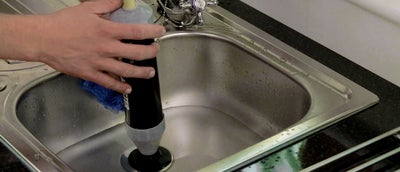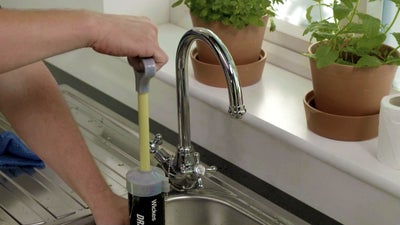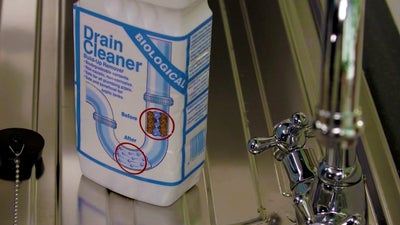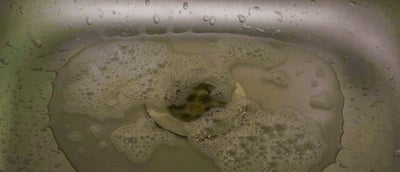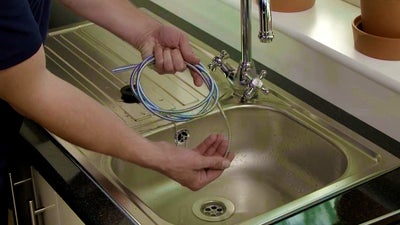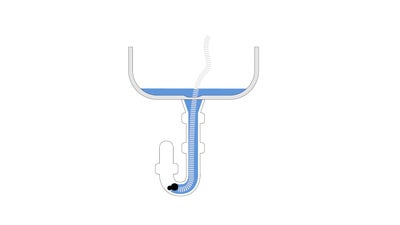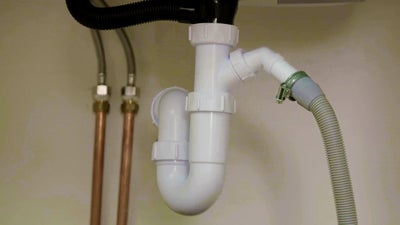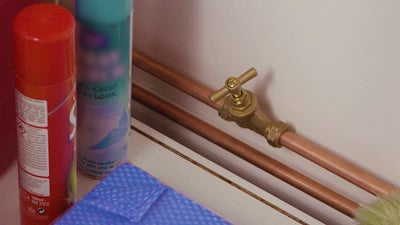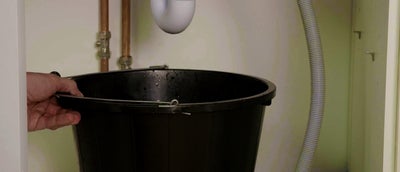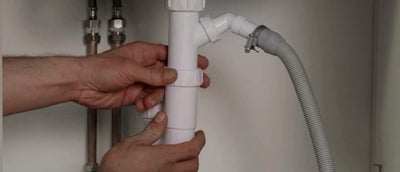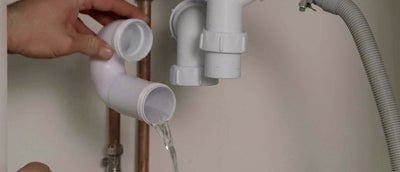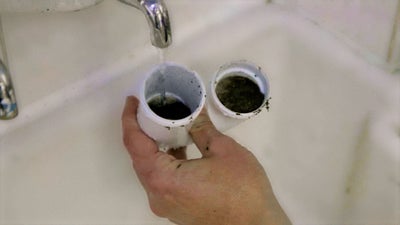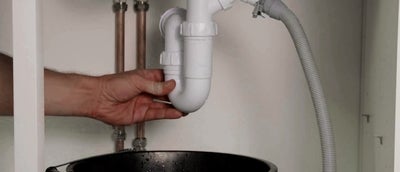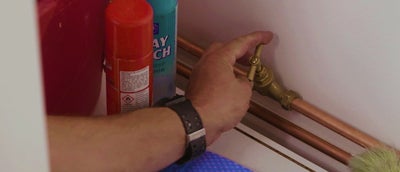Why is the water backing up in my sink?
A blocked sink is a common problem, which is caused by a build-up of everyday debris and food getting caught in the pipe below the sink (known as “the trap”). A blockage can usually be fixed with a plunger, a blaster cup, a plumber’s snake (also known as a coil cleaner), or a chemical drain cleaner. If a larger object has become wedged in the pipe, then you’ll need to remove the blockage manually.
How can I prevent sink blockages?
Although kitchen sink blockages are bound to occur from time to time, there are ways that you can prevent them. Certain food and drink wastes, such as oils and coffee grounds, should be carefully disposed of rather than washed down the plughole. And regularly rinsing the pipes through with some soda crystals and hot water will help keep them free from blockages. A cup of white vinegar poured down the plughole works equally well.
What is the best way to unclog a sink?
Small blockages are straightforward to remove. The simplest way is to place a blaster cup or plunger over the plug hole. Then block the overflow with a wet cloth to create an airtight seal.
Gently pump the plunger or blaster cup up and down whilst keeping the overflow firmly covered. This should be enough to dislodge most small blockages.
If this fails to clear the blockage then try using a liquid drain unblocker. Open a window to ventilate the kitchen, then following manufacturer’s instructions, pour the solution down the plughole. Sometimes a fizzing reaction occurs as the debris is broken down. Repeat if necessary, then rinse through with hot water.
You can also use a coil cleaner to remove a blockage. Carefully push the coil down the plughole, twisting it as you do so. This will help it get around the U-bend.
Once you reach the obstruction, twist and pull the coil cleaner until the blockage is removed or broken up. Retract the coil and rinse through with cold water.
How to unblock a waste pipe
For more stubborn blockages, you may need to access the trap directly. Most debris collects in the U-bend underneath the sink - this is ‘the trap’.
Turn the water supply off at the mains stopcock, which is usually situated near the kitchen sink. Then place a bucket underneath the trap to catch any waste water that spills out.
Unscrew the trap from both ends. You may need to use a wrench if the fittings are especially tight. Then carefully remove the trap and empty the water into the bucket.
Now remove any debris from the trap and throw the waste in the bin.
Replace the trap, making sure that you don’t overtighten the threads. You can use some PTFE tape on the threads to help prevent leakages. Then turn the water back on at the mains stopcock.
